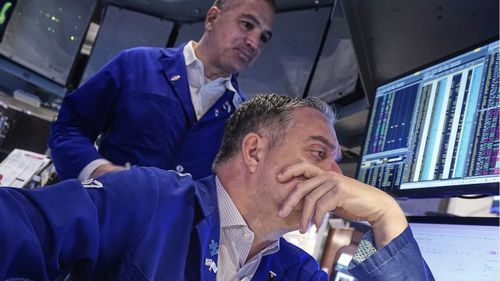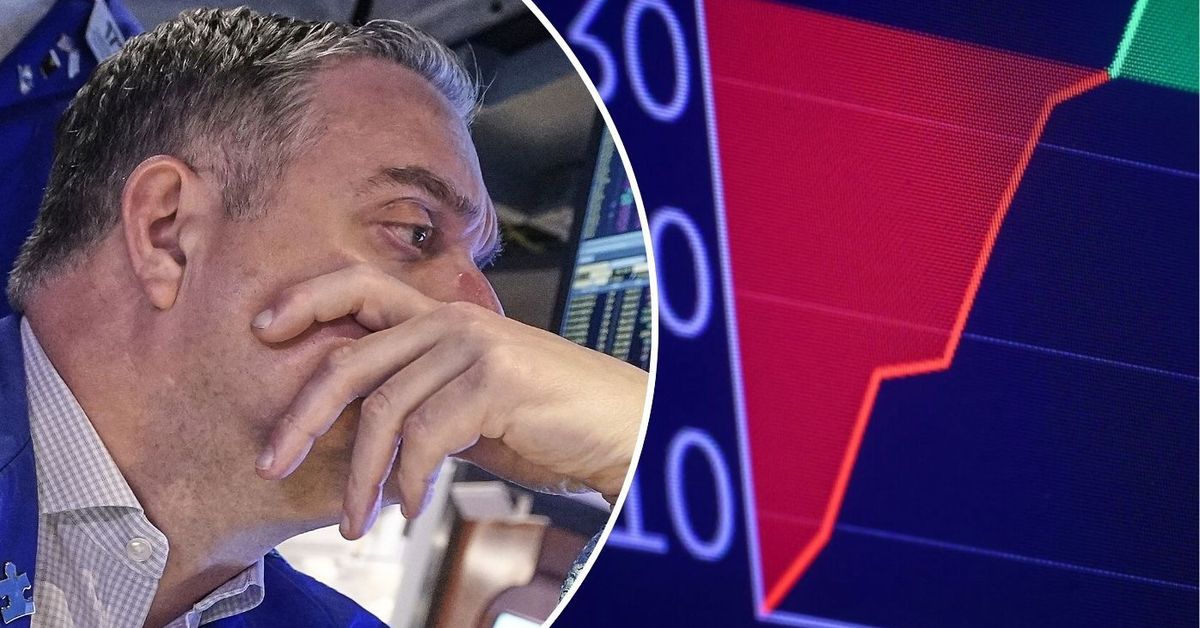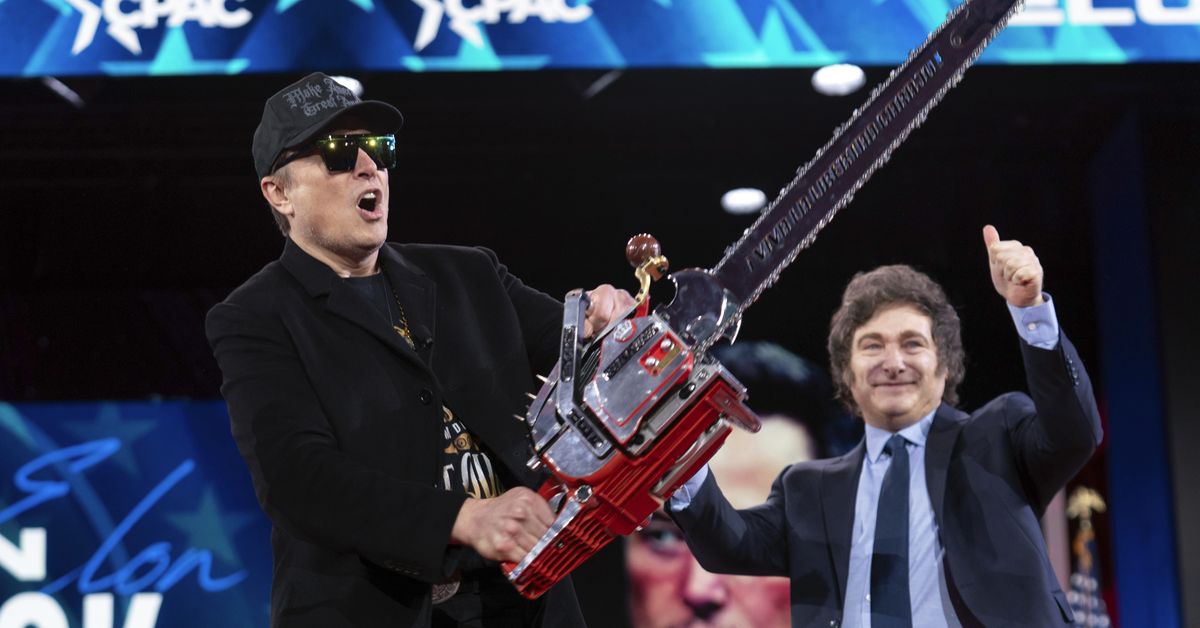Nvidia’s sales of the computing chips powering the artificial intelligence craze surged beyond the lofty bar set by stock market analysts in a performance that may ease recent jitters about a Big Tech boom turning into a bust that topples the world’s most valuable company.
The results announced late Wednesday provided a pulse check on the frenzied spending on AI technology that has been fueling both the stock market and much of the overall economy since OpenAI released its ChatGPT three years ago.
Nvidia has been by far the biggest beneficiary of the run-up because its processors have become indispensable for building the AI factories that are needed to enable what’s supposed to be the most dramatic shift in technology since Apple released the iPhone in 2007.

But in the past few weeks, there has been a rising tide of sentiment that the high expectations for AI may have become far too frothy, setting the stage for a jarring comedown that could be just as dramatic as the ascent that transformed Nvidia from a company worth less than $400 billion three years ago to one worth $4.5 trillion today.
Nvidia’s report for its fiscal third quarter covering the August-October period now seems likely to elicit a sigh of relief among those fretting about a worst-case scenario.
The company’s stock price gained more than 2 per cent in Wednesday’s extended trading after the numbers came out.

But in the past few weeks, more investors are starting to wonder if the AI craze has been overblown, even as big tech companies such as Alphabet increase their budgets for building more AI factories.
That’s why Nvidia’s market value has fallen by more than 10 per cent — a reversal known as a correction in investors’ parlance — just three weeks after it became the first company to be valued at $US5 trillion.
“Skepticism is the highest now than anytime over the last few years,” said Nancy Tengler, chief executive of money management Laffer Tengler Investments.
Despite the recent worries, it’s widely assumed that Nvidia’s quarterly numbers will at least mirror the analyst forecasts that steer investor reactions.
The Santa Clara, California, company is expected to earn $US1.26 per share on revenue of $US54.9 billion, which would be a 59 per cent increase from the same time last year.
But the bar has been raised so high for Nvidia and AI that the company will likely have to deliver even more robust growth to ease the bubble worries.
Investors also are likely to be parsing Huang’s remarks about the past quarter and the current market conditions — an assessment that has become akin to the State of the Union for the AI boom.








